We have a display and a sensor that are installed in vehicles. The sensor is in a metal TO Can, and the manufacturer shorts the ground pin to the TO Can body for shielding. We mount that can in a metal probe, which of course touches the TO Can and so is also grounded. The metal probe is mounted to a plastic cover in the vehicle. However we have found some vehicles have metal covers now, which have electrical continuity to the chassis. The result is a ground loop which can cause intermittent failures of communication:
I have seen circuits where they separate chassis and signal grounds using resistors and capacitors. Could that mitigate the ground loop in this case, if one or both of the PCBs isolated their digital grounds from the chassis ground with a resistor and capacitor in parallel? I have also heard that resistors/capacitors to isolate grounds is a bad practice, so I'm confused why I see it on some automotive circuits.
I also thought of using opto-isolators so that grounds need not be shared between sensor and display. However, the problem with that is that if the sensor gets mounted in a plastic cover, then it has no connection to the chassis ground anymore. In that case the sensor would need to use the display's ground as a return path.
